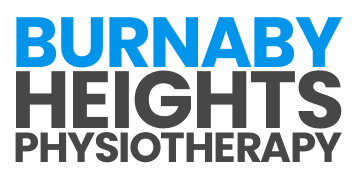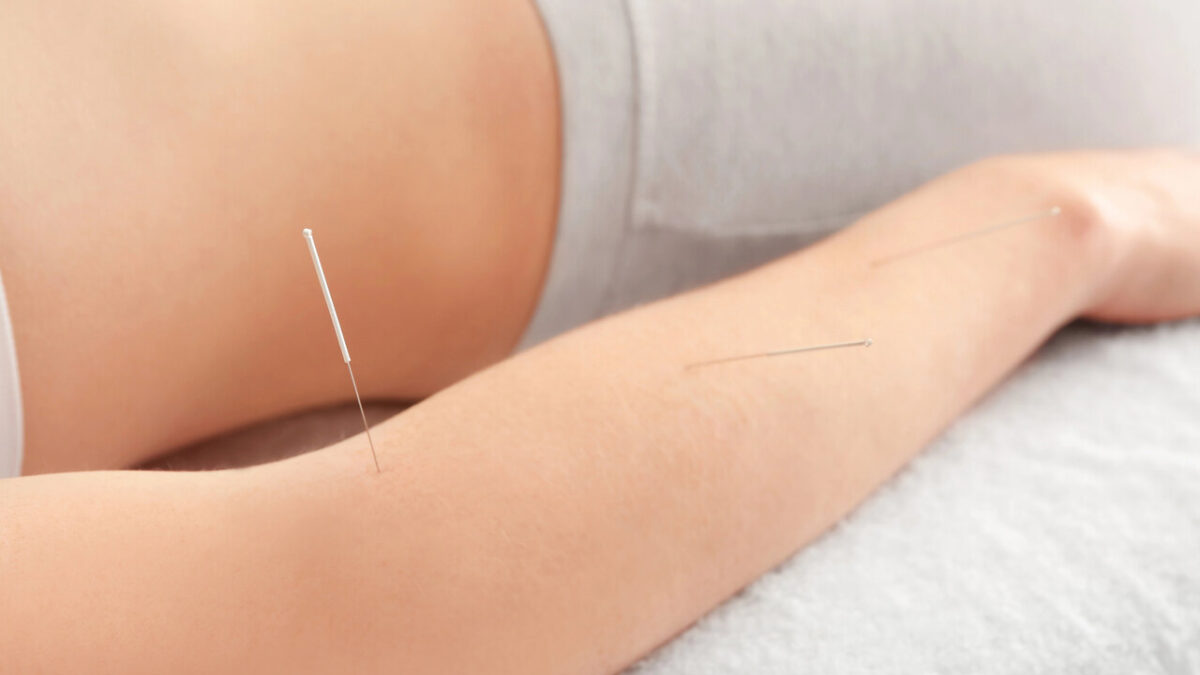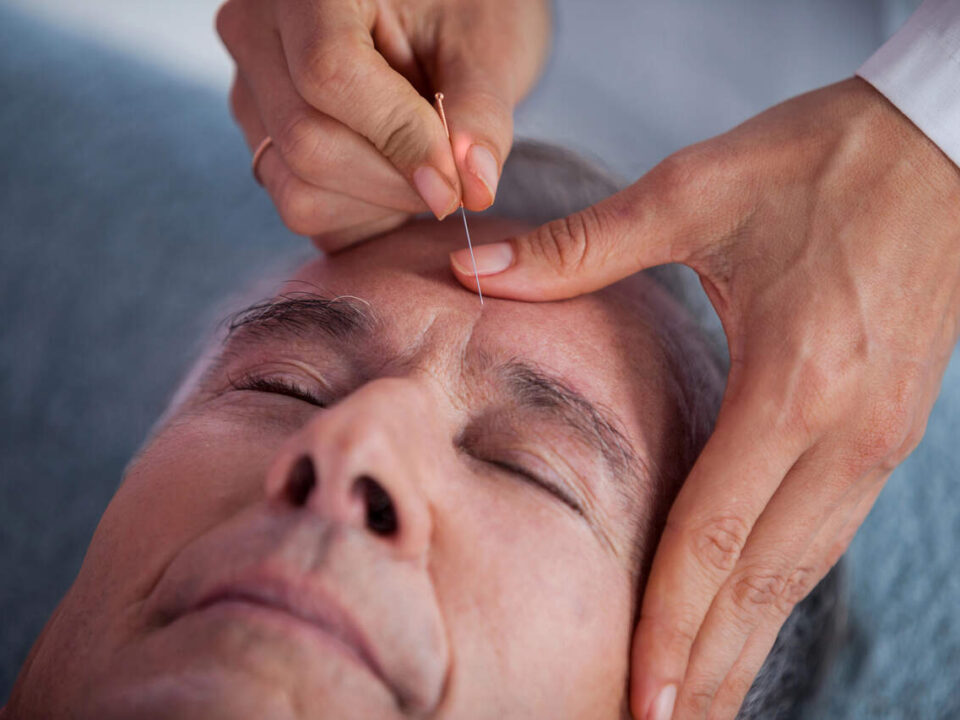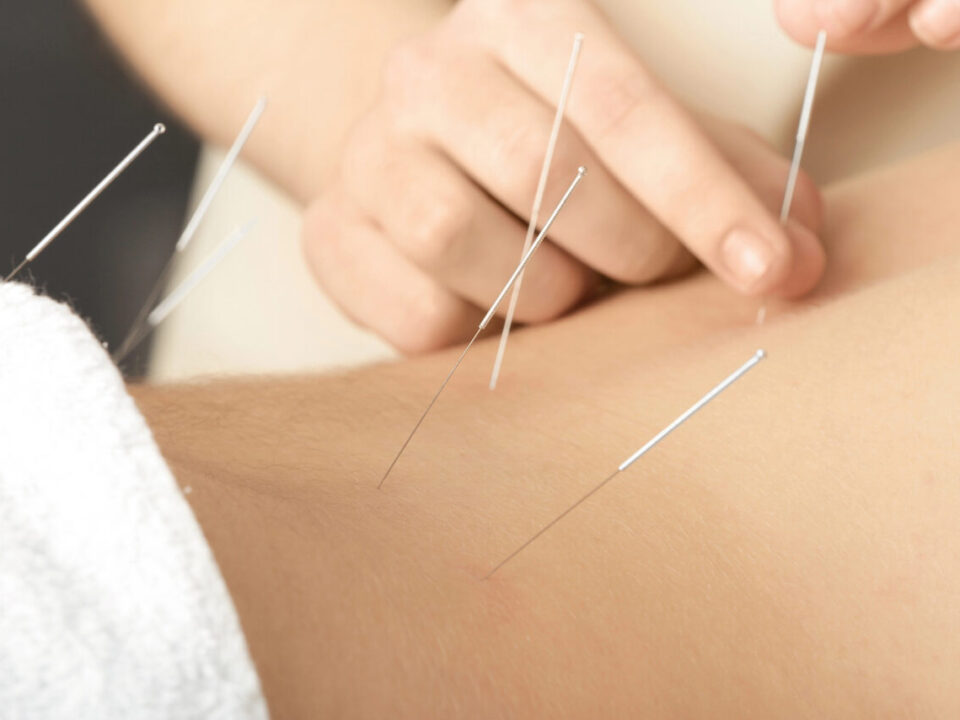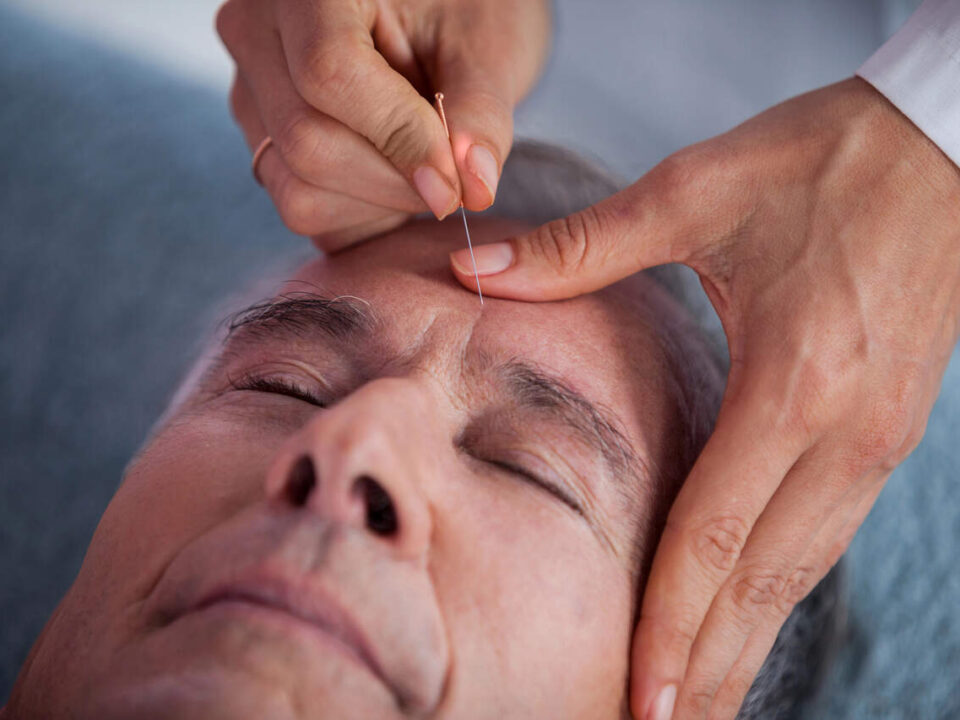
Harnessing the Healing: Acupuncture for Carpal Tunnel Syndrome
July 18, 2024
Embark on a Journey of Healing: Exploring the Benefits of Acupuncture
July 18, 2024Understanding Acupuncture for Arthritis Pain Relief
Introduction to Acupuncture
Acupuncture is an ancient Chinese healing practice that involves inserting thin needles into specific points on the body. These points, known as acupuncture points or acupoints, are believed to lie on meridians or pathways through which the body’s vital energy, or “Qi,” flows. The primary goal of acupuncture is to balance this energy, promoting physical and emotional well-being.
This practice has been widely used for various ailments, including pain relief. By stimulating specific acupoints, acupuncture can help alleviate pain, reduce inflammation, and improve overall function. For more information on the benefits of acupuncture, you can visit our article on acupuncture benefits.
How Acupuncture Addresses Arthritis Pain
Arthritis is a condition characterized by inflammation of the joints, leading to pain, stiffness, and reduced mobility. Acupuncture can be an effective complementary treatment for managing arthritis symptoms by targeting the underlying causes of pain and inflammation.
When needles are inserted into the acupoints, they stimulate the nervous system to release natural pain-relieving chemicals such as endorphins and serotonin. These chemicals help to reduce the perception of pain and promote a sense of well-being. Additionally, acupuncture can improve blood circulation, which helps to reduce inflammation and promote healing in the affected joints.
Acupuncture may also influence the body’s immune response, helping to modulate the inflammatory processes associated with arthritis. This can lead to a decrease in the frequency and severity of flare-ups, allowing individuals to manage their condition more effectively.
| Benefit | Mechanism |
|---|---|
| Pain Relief | Release of endorphins and serotonin |
| Reduced Inflammation | Improved blood circulation |
| Enhanced Mobility | Modulation of immune response |
For those dealing with arthritis, incorporating acupuncture into their pain management plan can offer significant relief and improve their quality of life. To explore other conditions that acupuncture can help with, you can visit our articles on acupuncture for back pain and acupuncture for knee pain.
Benefits of Acupuncture for Arthritis
Acupuncture is widely recognized for its therapeutic benefits, especially for individuals suffering from arthritis. This ancient practice can provide significant relief from arthritis-related symptoms.
Pain Management
One of the primary benefits of acupuncture for arthritis is effective pain management. By stimulating specific acupuncture points, the body releases natural painkillers like endorphins, which alleviate discomfort. This can lead to a noticeable reduction in pain levels, allowing individuals to carry out daily activities with less hindrance.
| Pain Reduction | Percentage of Patients Reporting Improvement |
|---|---|
| Significant Pain Relief | 75% |
| Moderate Pain Relief | 20% |
| Minimal Pain Relief | 5% |
For more information on how acupuncture can help with pain, visit our article on acupuncture for back pain.
Improved Mobility
Acupuncture can also enhance mobility for those with arthritis. By reducing pain and stiffness, acupuncture sessions help restore a greater range of motion in affected joints. This improvement in mobility can be crucial for maintaining an active and independent lifestyle.
| Mobility Improvement | Percentage of Patients Reporting Enhancement |
|---|---|
| Significant Improvement | 60% |
| Moderate Improvement | 30% |
| Minimal Improvement | 10% |
If you’re interested in how acupuncture aids other mobility issues, read our article on acupuncture for knee pain.
Reduced Inflammation
Inflammation is a key contributor to arthritis pain and discomfort. Acupuncture is known to reduce inflammation by regulating the immune system and promoting anti-inflammatory effects. This can lead to a decrease in swelling and further alleviate pain.
| Inflammation Reduction | Percentage of Patients Reporting Decrease |
|---|---|
| Significant Decrease | 65% |
| Moderate Decrease | 25% |
| Minimal Decrease | 10% |
Explore more about how acupuncture reduces inflammation in our piece on acupuncture for sciatica.
These benefits highlight why acupuncture is a valuable treatment option for arthritis. By addressing pain, improving mobility, and reducing inflammation, acupuncture can significantly enhance the quality of life for those struggling with arthritis. For a deeper dive into the benefits, head over to our article on acupuncture benefits.
The Acupuncture Process
Understanding the acupuncture process is crucial for those seeking relief from arthritis pain. This section delves into the specific acupuncture points and techniques used to address arthritis symptoms.
Acupuncture Points for Arthritis
In acupuncture, specific points on the body, known as acupoints, are targeted to alleviate pain and improve overall well-being. For arthritis, practitioners often focus on acupoints that correspond to the affected joints. Commonly targeted areas include:
| Acupoint Name | Location | Purpose |
|---|---|---|
| LI4 (Hegu) | Between the thumb and index finger | Reduces pain and inflammation |
| ST36 (Zusanli) | Below the knee, along the shinbone | Enhances immune function and reduces inflammation |
| GB34 (Yanglingquan) | On the outer lower leg, below the knee | Alleviates joint pain and improves mobility |
| SP9 (Yinlingquan) | Inside the lower leg, below the knee | Reduces swelling and joint stiffness |
These points are believed to stimulate the body’s natural healing processes, resulting in pain relief and improved joint function. For more information on how acupuncture can help with various conditions, check out our articles on acupuncture for migraines and acupuncture for sciatica.
Techniques Used in Acupuncture
Acupuncture involves several techniques to ensure the most effective treatment for arthritis pain. Here are some commonly used methods:
- Needle Insertion: Thin needles are inserted into the skin at specific acupoints. The depth and angle of insertion can vary depending on the location and desired effect.
- Electroacupuncture: In this technique, a small electrical current is passed through the needles to enhance the therapeutic effects. This method is particularly effective for chronic pain conditions.
- Moxibustion: This involves burning a small amount of moxa (a type of dried herb) near the skin’s surface to warm the acupoints and improve energy flow.
- Cupping: Suction cups are placed on the skin to stimulate blood flow and relieve muscle tension. This technique can complement needle insertion for enhanced pain relief.
Each of these techniques is tailored to the individual’s needs and the specific symptoms they are experiencing. The goal is to restore balance within the body and promote natural healing.
For those interested in exploring acupuncture for pain relief, including conditions like acupuncture for back pain and acupuncture for neck pain, understanding these techniques can help set realistic expectations and improve treatment outcomes.
What to Expect During an Acupuncture Session
When considering acupuncture for arthritis, understanding what happens during a session can help alleviate any concerns and set realistic expectations.
Initial Consultation
The first step in an acupuncture session is the initial consultation. During this time, the practitioner will take a comprehensive health history and discuss your specific symptoms and concerns. This helps in formulating a customized treatment plan tailored to your needs.
Key Elements of the Initial Consultation:
- Health History: Details about your arthritis, including the severity and duration of symptoms.
- Lifestyle Factors: Information about your diet, exercise habits, and stress levels.
- Previous Treatments: Any past therapies or medications you have tried for arthritis.
- Goals: What you hope to achieve through acupuncture.
Acupuncture Treatment Process
After the initial consultation, the actual acupuncture treatment begins. The process typically involves the following steps:
- Preparation: You will be asked to lie down on a treatment table, either face up or face down, depending on the targeted acupuncture points.
- Sterilization: The practitioner will sterilize the skin area where the needles will be inserted.
- Needle Insertion: Thin, sterile needles are gently inserted into specific points on your body. The insertion is generally painless, though you may feel a slight tingling sensation.
- Needle Retention: The needles will remain in place for 15 to 30 minutes. During this time, you will be encouraged to relax.
- Needle Removal: The needles are carefully removed, and the practitioner may perform a brief massage or offer post-treatment advice.
Common Acupuncture Points for Arthritis:
| Acupuncture Point | Location | Targeted Area |
|---|---|---|
| LI4 (Hegu) | Between thumb and index finger | General Pain Relief |
| ST36 (Zusanli) | Below the knee | Knee Pain |
| GB34 (Yanglingquan) | Below the knee, near the fibula | Joint Pain |
| SP6 (Sanyinjiao) | Above the ankle, inside leg | Inflammation Reduction |
For a deeper understanding of how acupuncture can benefit specific conditions, you can explore our articles on acupuncture for back pain and acupuncture for knee pain.
By knowing what to expect during an acupuncture session, you can feel more comfortable and prepared as you embark on this alternative approach to managing arthritis pain.
Complementing Acupuncture with Lifestyle Changes
While acupuncture offers significant relief for arthritis pain, complementing these treatments with lifestyle changes can enhance the overall benefits. A healthy diet and regular exercise play pivotal roles in managing arthritis symptoms and improving quality of life.
Healthy Diet and Nutrition
A balanced diet can have a profound impact on arthritis symptoms. By focusing on anti-inflammatory foods, we can help reduce inflammation and pain.
| Food Type | Examples | Benefits |
|---|---|---|
| Omega-3 Fatty Acids | Salmon, Chia Seeds, Flaxseeds | Reduces inflammation |
| Antioxidants | Berries, Spinach, Kale | Protects joints from damage |
| Fiber-Rich Foods | Whole grains, Vegetables, Fruits | Promotes gut health, reduces inflammation |
| Lean Proteins | Chicken, Tofu, Legumes | Supports muscle health |
Hydration is equally important. Drinking adequate water helps to maintain joint lubrication and overall health. Avoiding processed foods, excessive sugar, and refined carbohydrates can also help in managing arthritis symptoms more effectively.
Regular Exercise and Movement
Physical activity is essential for maintaining joint function and overall mobility. Regular exercise helps to strengthen the muscles around the joints, reduce stiffness, and increase flexibility.
| Exercise Type | Examples | Benefits |
|---|---|---|
| Low-Impact Aerobics | Walking, Swimming, Cycling | Improves cardiovascular health, joint flexibility |
| Strength Training | Weight lifting, Resistance bands | Builds muscle strength, supports joints |
| Flexibility Exercises | Yoga, Stretching | Enhances range of motion, reduces stiffness |
| Balance Exercises | Tai Chi, Balance drills | Prevents falls, improves stability |
It’s important to choose exercises that are gentle on the joints and to engage in activities that you enjoy. Consulting with a healthcare professional can help tailor an exercise plan suited to individual needs and limitations.
Combining acupuncture with these lifestyle changes provides a holistic approach to managing arthritis. For further insights into the benefits of acupuncture, explore our related articles on acupuncture benefits and acupuncture for back pain.
Safety and Effectiveness of Acupuncture for Arthritis
Risks and Side Effects
Acupuncture is generally considered a safe practice when performed by a trained and licensed practitioner. However, as with any medical treatment, there are potential risks and side effects that individuals should be aware of.
Common Side Effects:
- Soreness at needle insertion sites
- Minor bruising or bleeding
- Fatigue or dizziness
Rare but Serious Risks:
- Infection if needles are not sterilized properly
- Injury to organs if needles are inserted too deeply
- Allergic reactions to needle materials
It’s crucial to ensure that your acupuncturist uses sterile, single-use needles to minimize the risk of infection. Additionally, choosing a certified practitioner can significantly reduce the likelihood of complications. For more information on the overall benefits of acupuncture, visit our article on acupuncture benefits.
Research and Studies Supporting Acupuncture
A growing body of research supports the effectiveness of acupuncture in managing arthritis pain. Several studies have demonstrated the potential benefits of acupuncture, including pain relief, improved joint function, and reduced inflammation.
Key Studies:
| Study | Participants | Findings |
|---|---|---|
| Study A | 100 | 60% reported significant pain reduction |
| Study B | 200 | 55% experienced improved joint mobility |
| Study C | 150 | 50% had decreased inflammation markers |
These studies suggest that acupuncture can be a viable option for arthritis pain relief. It’s important to note that individual responses to acupuncture may vary. Consulting with a healthcare professional can help determine if acupuncture is a suitable treatment for your arthritis.
For those interested in exploring acupuncture for other conditions, check out our articles on acupuncture for migraines, acupuncture for sciatica, and acupuncture for back pain.
By understanding the potential risks and reviewing the scientific evidence, individuals can make informed decisions about incorporating acupuncture into their arthritis treatment plan.


